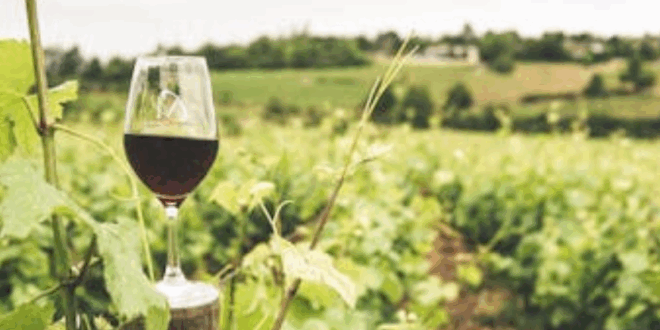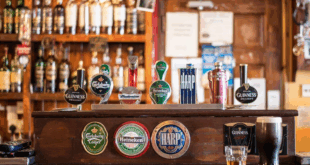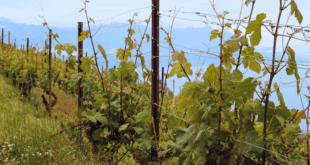South America has become a major force in the global wine industry, producing world-renowned wines from countries like Argentina, Chile, and increasingly, Uruguay and Brazil. But while South American wines may feel like a relatively recent discovery on the international stage, their roots run deep—over 500 years deep, in fact. The continent’s wine story is one of colonization, adaptation, innovation, and resilience.
Here’s a look at the rich and fascinating history of South American wines.
The Spanish Vines Take Root (16th Century)
The history of South American wine begins with Spanish colonization in the early 1500s. Spanish conquistadors, accompanied by Catholic missionaries, brought vitis vinifera—the European wine grape—along with them to the New World. The first documented cultivation of wine grapes in South America occurred around 1551 in Peru, primarily for producing sacramental wine for the Church.
From there, vine cultivation quickly spread southward:
- To Chile by 1554, via settlers from Peru and Spain.
- To Argentina by 1556, brought across the Andes by missionaries.
The País grape (known as Criolla in Argentina and Mission in North America) was the first to be widely planted and remains part of South American wine heritage to this day.
Argentina: The Birthplace of Malbec’s New World Glory
Though wine production began early in Argentina, it wasn’t until the 19th century that things began to flourish. European immigrants—especially Italians, Spaniards, and the French—flooded into the country and brought both their winemaking knowledge and new grape varieties.
It was during this time that Malbec, originally a Bordeaux grape, found a new and wildly successful home in the Mendoza region. With its high altitudes, intense sun, and dry climate, Mendoza became ideal for viticulture. Malbec thrived and eventually became Argentina’s signature grape, renowned for its bold, velvety reds.
Chile: A Hidden Gem Preserving France’s Past
Chile’s wine history followed a similar path, with a surge of French influence in the 1800s. Chilean winegrowers imported cuttings of Cabernet Sauvignon, Merlot, and Carmenère, the latter of which had all but disappeared in Europe after the phylloxera epidemic devastated French vineyards in the late 19th century.
Miraculously, Chile’s geographic isolation, natural barriers (Andes mountains, Pacific Ocean), and strict import policies meant the country remained phylloxera-free. As a result, Chile today boasts some of the oldest ungrafted vines in the world.
It wasn’t until the 1990s that Chile’s wine industry truly modernized, embracing technology, improving quality, and becoming a major exporter—especially of bold, value-driven reds.
Uruguay: The Soul of Tannat
Uruguay’s wine story is less widely known but equally compelling. Winemaking began here in the 18th century, but its modern identity was shaped in the 1870s with the arrival of Basque immigrants, who introduced Tannat, a powerful, tannic grape originally from southwest France.
Though challenging to cultivate, Uruguay has tamed Tannat into a refined and food-friendly wine that’s often seen as the “Malbec of Uruguay.” The country’s humid, Atlantic-influenced climate sets it apart from its Andean neighbors, and organic and sustainable farming practices are increasingly central to Uruguayan winemaking.
Brazil and Others: A Sparkling Future
Though Brazil is better known for beer and cachaça, it has a growing wine culture centered in the Serra Gaúcha region. Italian immigrants brought vines in the 19th century, and today, Brazil is especially gaining acclaim for its sparkling wines, made in both the traditional and Charmat methods.
Other nations like Peru, Bolivia, and Paraguay are also experiencing wine renaissances, producing high-altitude and niche varietals with unique expressions of terroir.
Modern Era: Quality Over Quantity
In the late 20th and early 21st centuries, South American wineries shifted from mass production for domestic markets to quality-focused production aimed at global consumers. This included:
- Investment in modern winemaking equipment.
- Collaboration with international consultants.
- Focus on terroir-driven wines and sustainable practices.
- Development of wine tourism in regions like Mendoza, Colchagua, and Canelones.
Today, South American wines are celebrated not only for their value and approachability, but also for their depth, elegance, and diversity.
From humble beginnings in colonial missions to becoming world-class producers, South American wines have carved out a distinctive identity. With ancient vines, dramatic landscapes, and passionate winemakers, the region continues to evolve—bridging old-world traditions with new-world energy.
Whether you’re sipping a high-altitude Malbec, a coastal Chilean Syrah, or a bold Uruguayan Tannat, you’re not just enjoying a glass of wine—you’re tasting the legacy of a continent’s journey through time.
Salud!
 Vino-Club For Wine Lovers
Vino-Club For Wine Lovers






